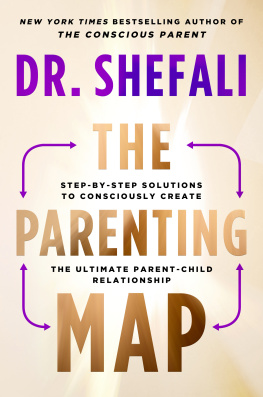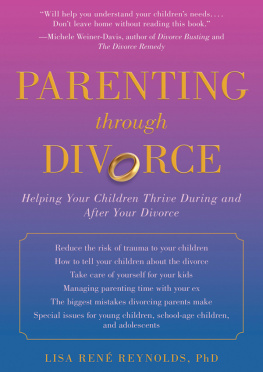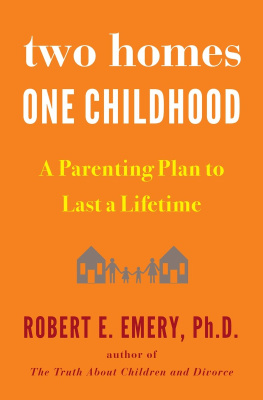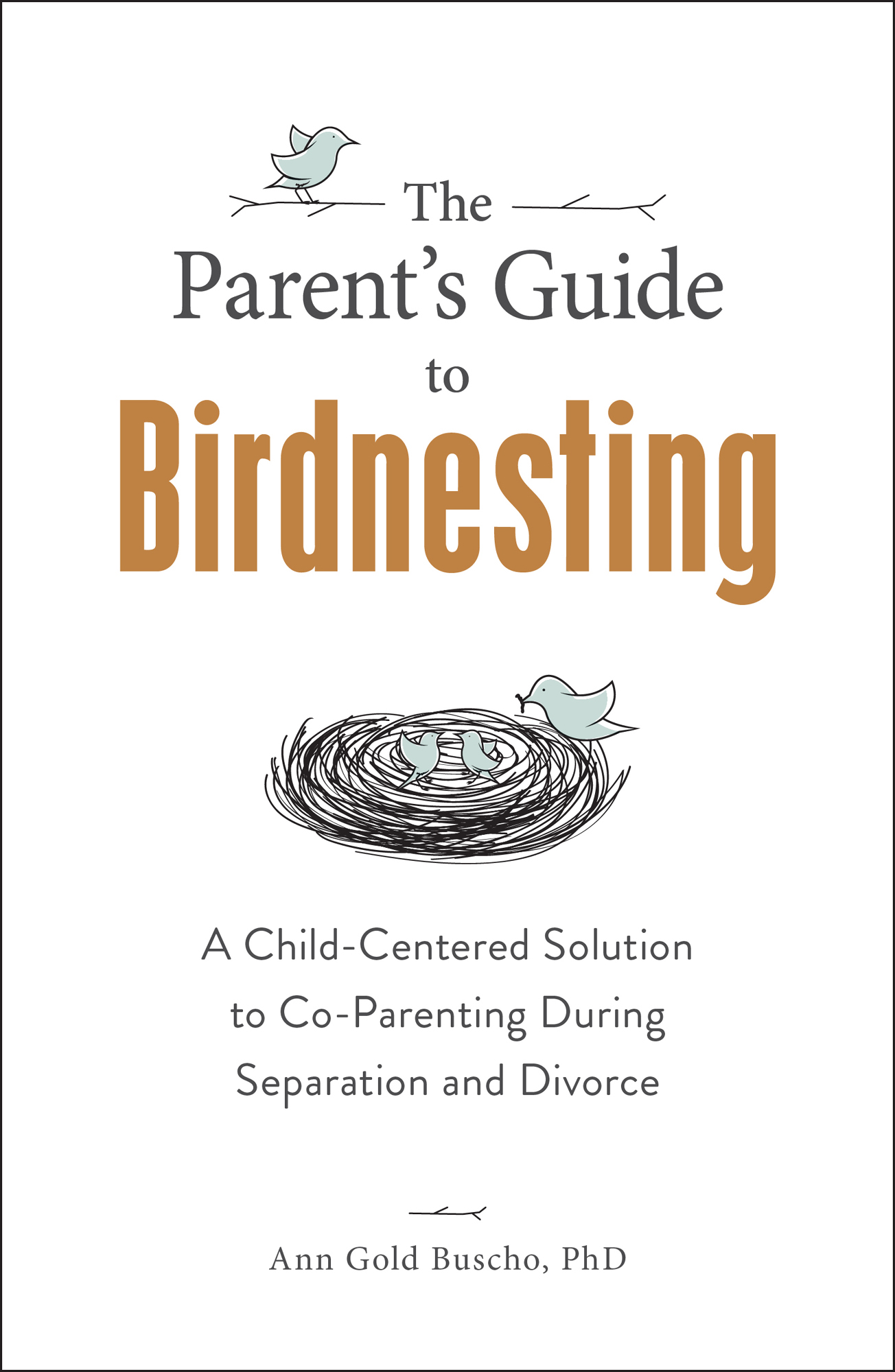Contents
Guide

An Imprint of Simon & Schuster, Inc.
57 Littlefield Street
Avon, Massachusetts 02322
www.SimonandSchuster.com
Copyright 2020 by Simon & Schuster, Inc.
All rights reserved, including the right to reproduce this book or portions thereof in any form whatsoever. For information address Adams Media Subsidiary Rights Department, 1230 Avenue of the Americas, New York, NY 10020.
First Adams Media trade paperback edition September 2020
ADAMS MEDIA and colophon are trademarks of Simon & Schuster.
For information about special discounts for bulk purchases, please contact Simon & Schuster Special Sales at 1-866-506-1949 or .
The Simon & Schuster Speakers Bureau can bring authors to your live event. For more information or to book an event contact the Simon & Schuster Speakers Bureau at 1-866-248-3049 or visit our website at www.simonspeakers.com.
Interior design by Priscilla Yuen
Illustrations by Alaya Howard
Cover design by Sylvia McArdle
Library of Congress Cataloging-in-Publication Data
Names: Gold Buscho, Ann, author.
Title: The parents guide to birdnesting / Ann Gold Buscho, PhD.
Description: Avon, Massachusetts: Adams Media, 2020. | Includes bibliographical references and index.
Identifiers: LCCN 2020011313 | ISBN 9781507214091 (pb) | ISBN 9781507214107 (ebook)
Subjects: LCSH: Parenting, Part-time. | Children of divorced parentsFamily relationships. | Single parents.
Classification: LCC HQ759.915 .G625 2020 | DDC 306.85/6dc23
LC record available at https://lccn.loc.gov/2020011313
ISBN 978-1-5072-1409-1
ISBN 978-1-5072-1410-7 (ebook)
Many of the designations used by manufacturers and sellers to distinguish their products are claimed as trademarks. Where those designations appear in this book and Simon & Schuster, Inc., was aware of a trademark claim, the designations have been printed with initial capital letters.
Names and details have been changed throughout this book to protect clients identities. Any similarities to people are coincidental.
Dedication
To my sister, Judy Gold, who unfailingly believed in me and always encouraged me to write. I miss her every day.
Acknowledgments
I couldnt have written this book without my clients and several friends who shared their stories with me. The stories are all based on their real experiences, but names and details have been changed throughout the book to protect their confidentiality.
Thanks to my good friend and collaborative divorce colleague Judith F. Sterling, who advised me on everything related to finances in . The budget worksheets are all her creations.
Thanks to my dear friend, Irene, for the more than fifty years of friendship, for the many times she read my drafts, and for the many meals she cooked for me while I was sequestered in my writing room.
To my children, Sarah, Sasha, and David, for encouraging me to write, and for letting me neglect them (and their babies) while I was writing.
Thanks to my father, a writer himself, for his steadfast encouragement (and at times gentle nagging) and enthusiasm for my writing.
Thanks also to my husband, Joel, who has become a stellar editor. Without his emotional support and commitment to our marriage, I would not have had the courage or the strength to write this book.
Thanks also to my brilliant editors. Alan Rinzler helped me shape the book from a stodgy academic text to something people might want to read. Laura Daly, at Adams Media, helped me make the book publishable, and with delightful good nature and great patience.
Introduction
Going through a separation and/or divorce as a family is a challenging time filled with change and uncertainty. Figuring out how to best help children manage this transition is often parents primary concern. Who will be with the children when? How will the children be brought from one place to another? One idea that can minimize some of the stress on children is to consider nesting. Nesting, or birdnesting, as its sometimes known, refers to a transitional or temporary arrangement where the children stay in the family home and parents take turns living there and being on duty with their children. This plan gives children more time to adapt to changes in the family and means they dont have to immediately move. Like birds who alternately swoop in and out, caring for the babies while the babies remain safe and secure in their soft, protected nest, parents work together to create a home for their children that is safe, stable, and loving. Parents also use this time to consider the future of their marriage and decide to work on reconciliation or move toward separation or divorce.
The main goals of nesting arrangements are to stabilize your family during a difficult time and to provide a respitefor you and for your childrenfrom conflict. No matter what decisions are ultimately made about your relationship, this period of time could have a strong impact on your childrens livesbut it doesnt have to be an entirely negative one. Imagine that years from now your children will sit with friends and tell the story of their parents relationship and divorce. What story do you want them to share? You and your spouse do have some control over how this stage looks and feels to your children. The decisions and actions happening now shape their future narratives. I believe that nesting can offer a better chance for your children to share a healthier and more harmonious narrative of the situationor, at least, a less adversarial view of separation or divorce.
I am a psychologist with more than twenty-five years of experience working with children, parents, and families. But I also have firsthand experience with nesting. In 1993 my ex-husband and I set up a nesting agreement in order to keep our children in a stable environment while we made our decisions about the next steps. At that time, few had heard of nesting. Our marriage counselor suggested that we consider this arrangement, and once we discussed it, we agreed. We nested for fifteen months until our divorce was complete, we understood our finances, and we had decided what our future living arrangements would be. Our children (then six, ten, and fourteen) had adjusted to a schedule of shared parenting and were able to begin transitioning between two homes. Looking back, I believe that the nesting period helped all of us to move on and eased the turmoil of the separation and divorce.
In the years following my own experience, I learned the variety of options available in nesting arrangements and how each family needs to choose what works best for them. I learned how to set up agreements that meet the needs of the entire family. As an advocate of providing a nesting period for divorcing families, I developed a more detailed and structured approach that helps prevent some of the potential obstacles, some of which my ex and I experienced.
Ive helped many different types of families manage this period of adjustment with as much thoughtfulness, grace, and respect as possible. A successful nesting experience truly has the power to preserve and even strengthen your relationship with your children by giving them a stable and secure home during this time of transition. Let nesting help your family transition from one phase of life to another with the peace and harmony you all deserve.









